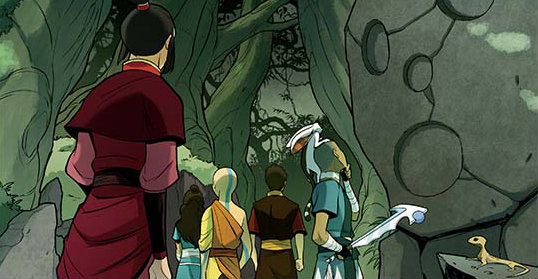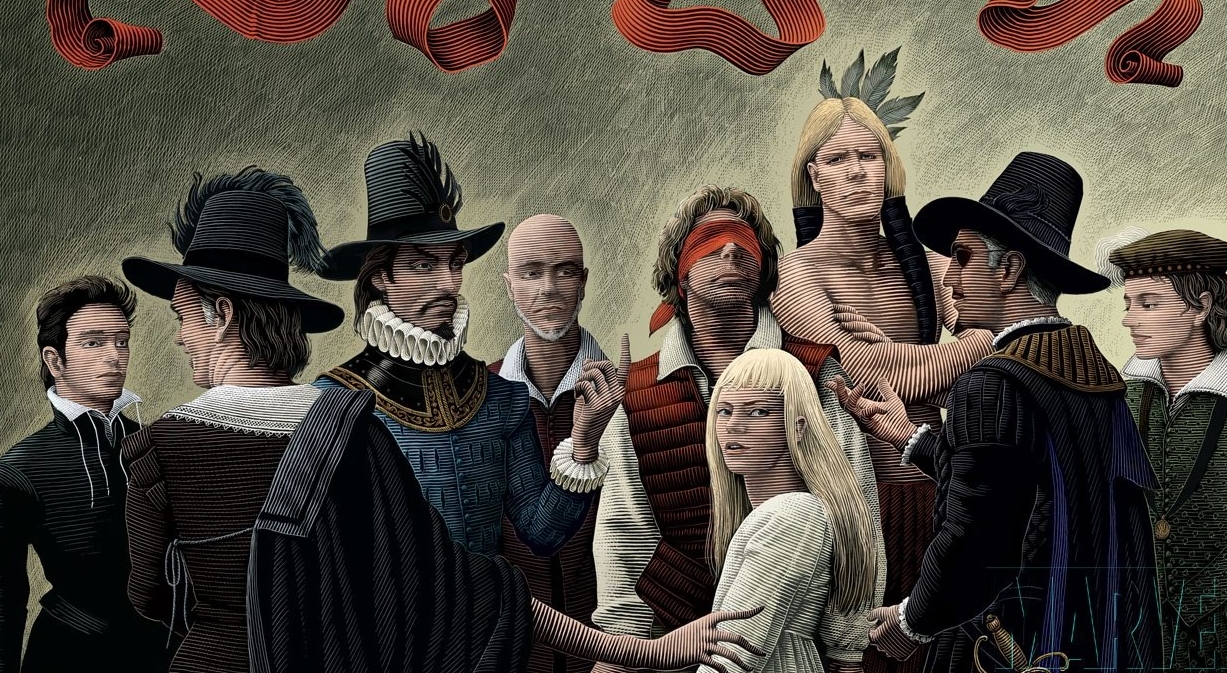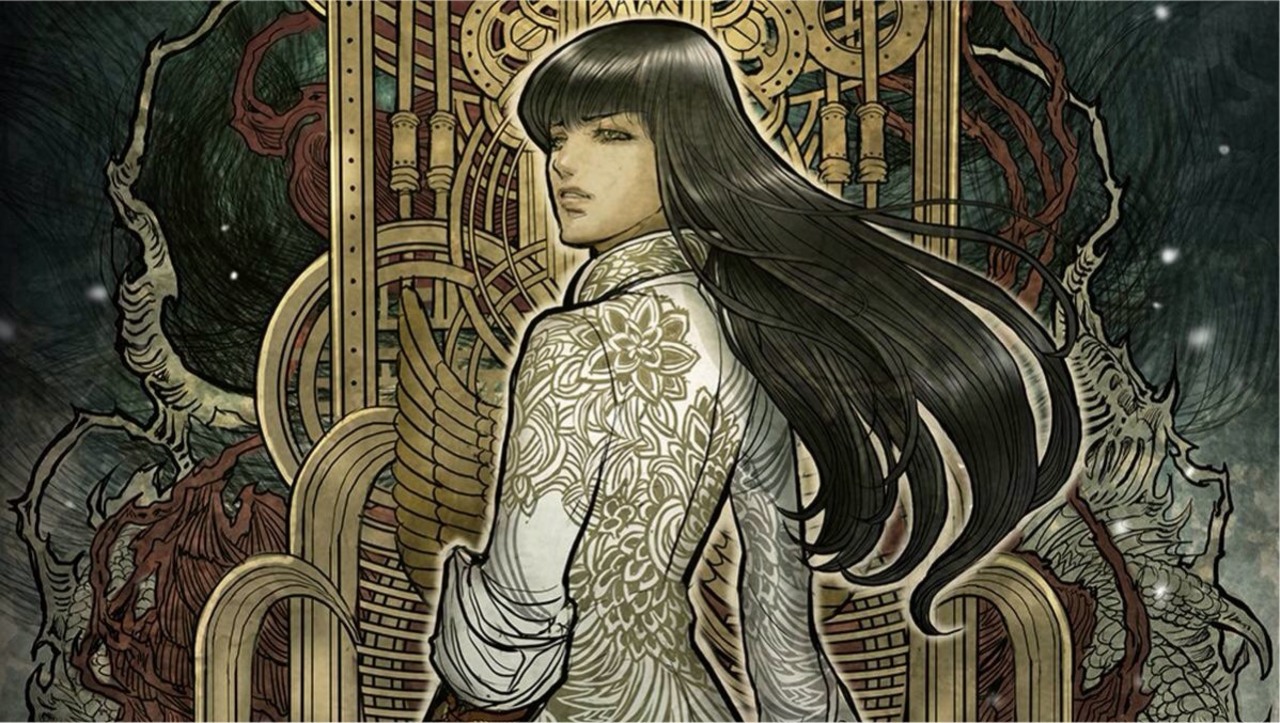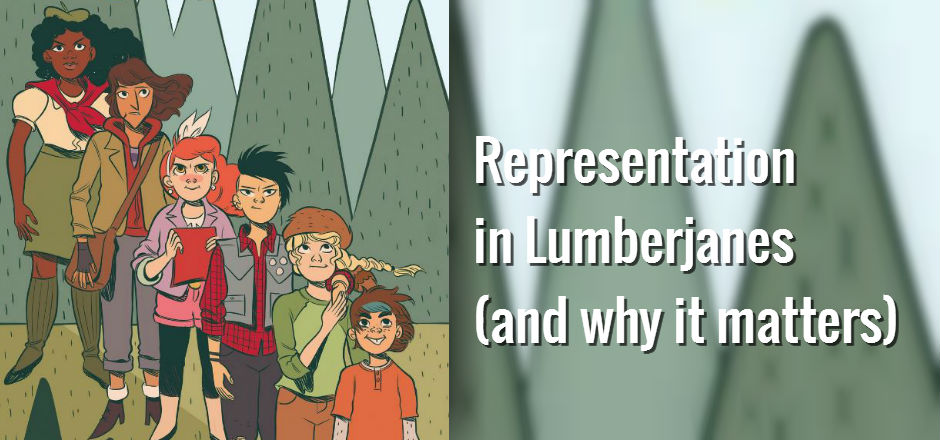 Comics 101 is an introduction to running series for those who are interested in trying comics, but are unsure of what to try. The Comics 101 series is aimed particularly at female readers who may be interested in trying comics for the first time.
Comics 101 is an introduction to running series for those who are interested in trying comics, but are unsure of what to try. The Comics 101 series is aimed particularly at female readers who may be interested in trying comics for the first time.
With only a few exceptions, most comics that are easily recognizable in mainstream pop culture are produced by what is referred to as the “Big Two” in comics: DC Comics, home of such legacy titles as Superman, Batman, and Wonder Woman, and Marvel, which houses series like Avengers, X-Men, Spider-Man, and others. It comes as a surprise, then, to find new comics without a Big Two logo stamped in the corner that still has mass-market appeal.
Enter Fairy Quest; Outlaws, a two-part serial that is the first of hopefully many in the Fairy Quest series. Fairy Quest is written by Paul Jenkins, who has worked on titles such as Peter Parker: Spider-Man and Batman: The Dark Knight, and drawn by Humberto Ramos, an artist who has drawn for series such as Runaways, Wolverine, and Peter Parker: Spider-Man.
In this series, readers listen to a story told by a mother to her son, a story that seems to be the traditional tale of Little Red Riding Hood. When we meet Red, however, something seems a bit off: she isn’t as frightened of the Big Bad Wolf as a proper Red Riding Hood is supposed to be.

Jenkins and Ramos create a visually enticing, conceptually dark fairy-tale world in Fairy Quest that would draw in any new reader. Personally, though, I find Fairy Quest much more accessible to new readers than other comics for a number of reasons.
First, the art of Fairy Quest isn’t like the typical superhero style of art that’s popular in American comics. It’s a bit child-like – in keeping with its fairy-tale theme – and lighter, more vibrant, and more varied than what comic readers would usually find. Its art also leaves out the sexualization featured prominently in most hero comics: the most over-exaggerated part of Red’s clothing is the size of her boots, which are disproportionately huge.
Second, the familiarity of the Little Red Riding Hood story as well as the stories of other characters featured in Fairy Quest makes the starting point of the story easier to understand and pick up on. While Fairy Quest deals with some pretty dark ideas, such as how a dictator regulates the roles the fairy tale characters are “supposed” to play, it’s explored through a familiar story almost every reader is familiar with.

While I’m a total sucker for anything that references Nineteen Eighty-Four – like Mister Grimm’s Think Police – Fairy Quest; Outlaws is so visually stunning and so accessible for new-to-comics readers that I’d recommend it to anyone starting out reading comics.
Tip Sheet:
- This comic follows Little Red Riding Hood and the Wolf, who live in a dark world called Fablewood where the tyrannical Mister Grimm and the Think Police force fairy characters to live scripted fairy-tale lives – albeit unhappily.
- Fairy Quest Outlaws is a two-part comic from writer Paul Jenkins and artist Humberto Ramos, which was originally a Kickstarter project and is now serialized by Boom! Studios.
- Outlaws is the first part in a larger storyline which will continue in Fairy Quest Travelers.
You may enjoy Fairy Quest if:
- You are a big fan of darker fairy tale adaptations such as Once Upon a Time or Into the Woods.
- You’re enough of a hipster to go for anything indie because it’s indie.
- You enjoy different styles of art that differ from typical superhero-style, mainstream American comics.
Feliza Casano is the founder and editor of Girls in Capes and writes for all sections of the magazine. She is a relatively new reader of comics and fell in love with fairy tales at a very young age.






Reblogged this on Big Blue Dot Y'all and commented:
DIG IN
Can you recommend any other good comics that a girl/woman might enjoy. I don’t mind explicit content, but can live without the over-sexualisation of female characters. The only other comics/graphic novels I’ve read are ‘Sandman’/Endless series by Neil Gaiman. Any suggestions greatly received!
The Comics 101 series is designed to do just that! As a suggestion, though, there’s a great three-part series currently running called Emily and the Strangers (based on the Emily the Strange novels) which was pretty good.
I’m also quite fond of Young Avengers from Marvel. There are sexual situations in Young Avengers, but the characters are diverse and interesting, and despite there being sex implied/mentioned, the female characters themselves aren’t sexualized.
Hopefully that helps. Definitely keep checking back, since Comics 101 goes up every month!
Cool, thanks! I will keep checking back… haha I’m not a prude I don’t mind adult themes. I just get a bit over some of the outfits/drawn females in comics. Thanks for the speedy response!
No problem! And I feel you – I just wasn’t sure how closely you equated sex to sexualization. Check out some other articles, too – we’ve got some fun ones around.